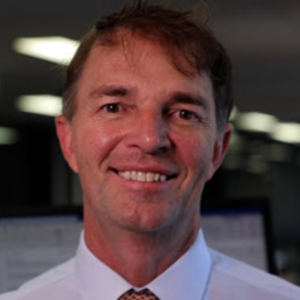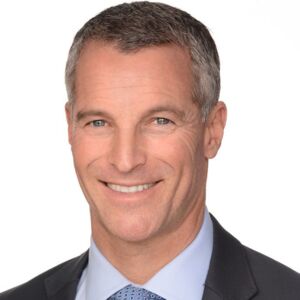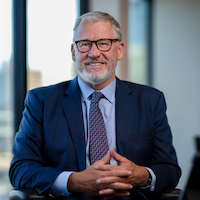abrdn launches Global Risk Mitigation strategy
By Penny Pryor

abrdn has just launched its Global Risk Strategy (GRM) to Australian investors. Global head of alternative investment strategies at abrdn, Russell Barlow (pictured), based in London, answered some questions about the strategy's launch in Australia.
What goes into launching a new product/strategy?
We were fortunate as abrdn has been running the GRM strategy since July 2019 so the investment manufacturing part of the fund was straightforward. However, we did spend over a year developing, refining and testing the strategy prior to that. The complexity for the Australian Trust actually came from the non-investment aspects as the operating model is a lot more complex than other funds on our umbrella. It's a bit like an iceberg - you only really get to see the investment content but hidden below the surface is all the support that's required to deliver that content!
How did you research market opportunities?
The abrdn Alternatives team has 27 dedicated investment professionals, all of whom are involved in investment research in one way or another. This breadth in number (and geographical coverage) enables us to have a very good grasp of the investment landscape and therefore the inherent opportunities.
What challenges did you face, and how were they overcome?
GRM is a very different concept compared to offerings an allocator would typically see. It's designed to deliver a performance outcome that behaves in the opposite way to equites at times of market stress. In doing so, it presents a number of challenges for allocators whose clients look at performance on a monthly basis (especially when equity markets are benign or moving higher).
We've attempted to overcome this by demonstrating the role GRM plays when combined with growth assets within their overall portfolio. By demonstrating that owning GRM allows the allocator to remain invested in equities, or even increase their exposure to equities, while at the same time improving their performance during periods of risk aversion in markets, they can better understand its role in their portfolio and the contribution it makes.
How did you decide on service providers?
This was relatively easy as abrdn has a dedicated and experienced team that specialises in the selection and oversight of service providers.
What is unique about your offering?
We are offering clients the ability to obtain exposure to a truly diversifying asset (versus an asset that has diversification characteristics in benign market environments but which then become highly correlated with other risk assets when markets fall). This is important as owning an asset that can help reduce losses when markets are selling off is a great way to improve your long term compounded return.
GRM is also providing these characteristics with fixed entry and exit costs and provides the allocator with the liquidity to manage their hedging exposure on a daily basis if required. The fixed costs give clarity on the return outcome while daily dealing affords the allocator the flexibility to: i) size the position up or down based on their outlook for markets; ii) periodically rebalance to maintain a strategic weight or; iii) take profits after a market correction in order to capture attractive entry points elsewhere in markets.
Can you explain how you expect the fee structure to work?
It's very simple, the fund has a 120 basis points expense cap which includes our asset management cost of 90 basis points.
What are the biggest challenges currently facing this asset class?
Surprisingly the challenge isn't convincing people of the need for a hedging strategy, especially given where markets are right now. Rather, the biggest challenge is getting allocators comfortable with the concept of having a negatively correlated asset in their portfolio when they know they'll need to explain why they're holding it if markets continue to go up. The other challenges are around costs and flexibility of implementation; both of which we think we've solved for.




